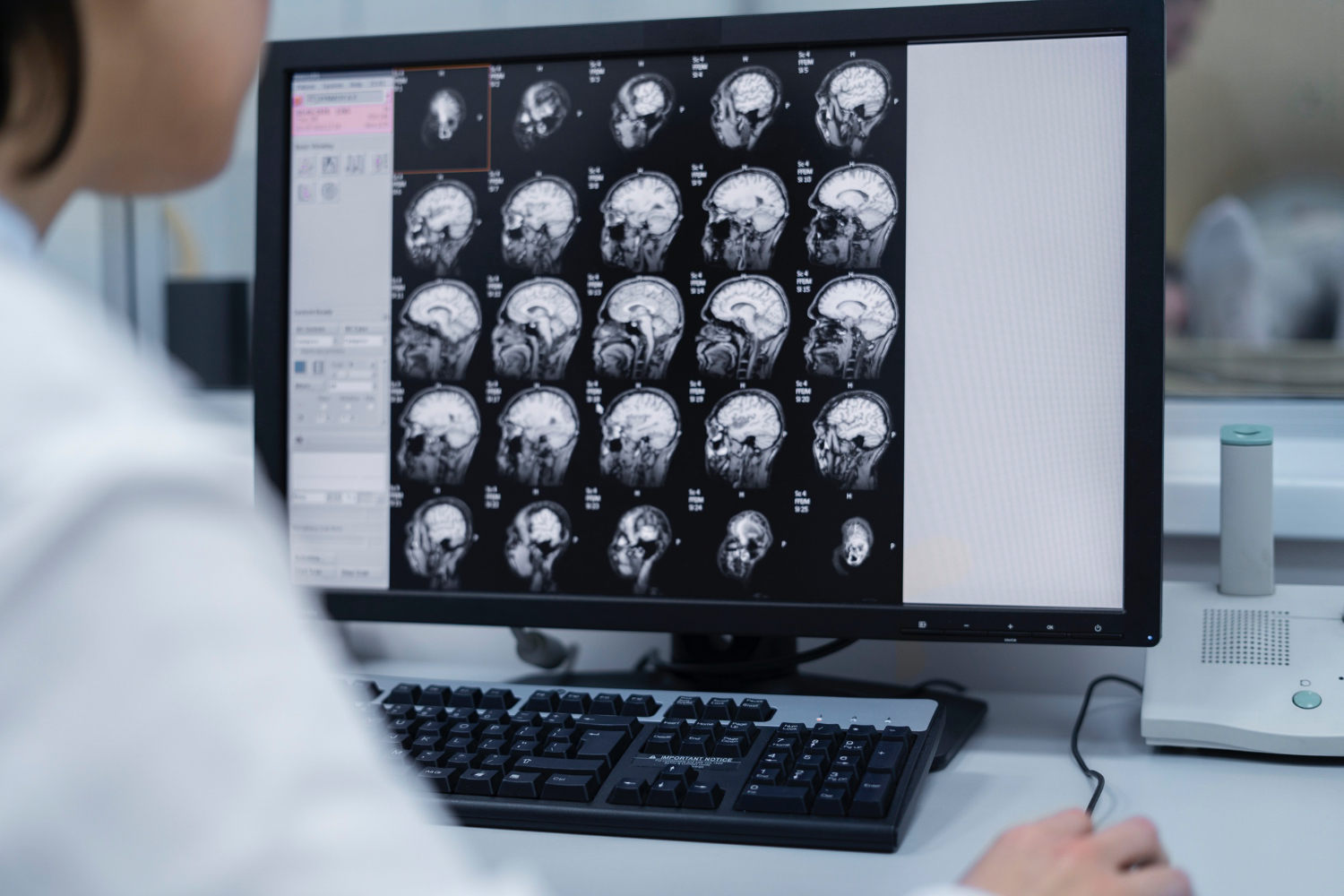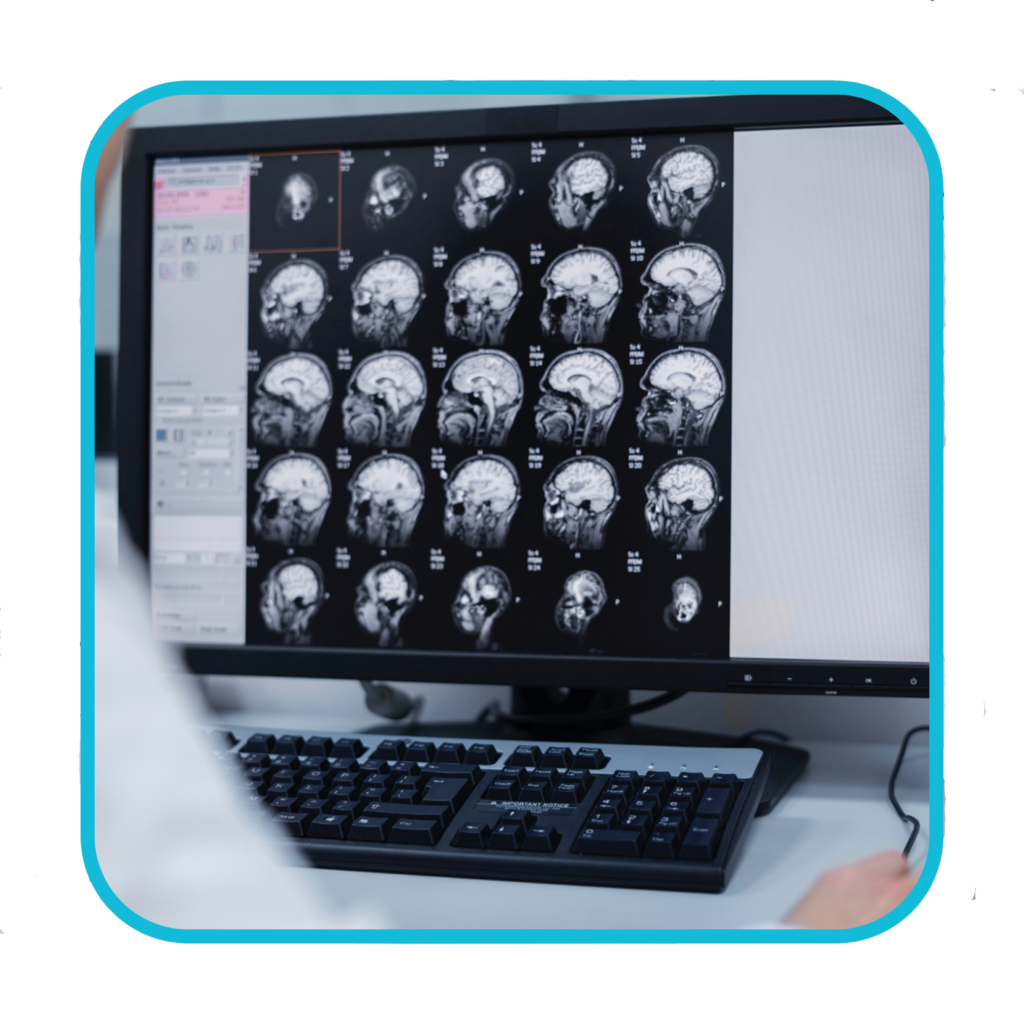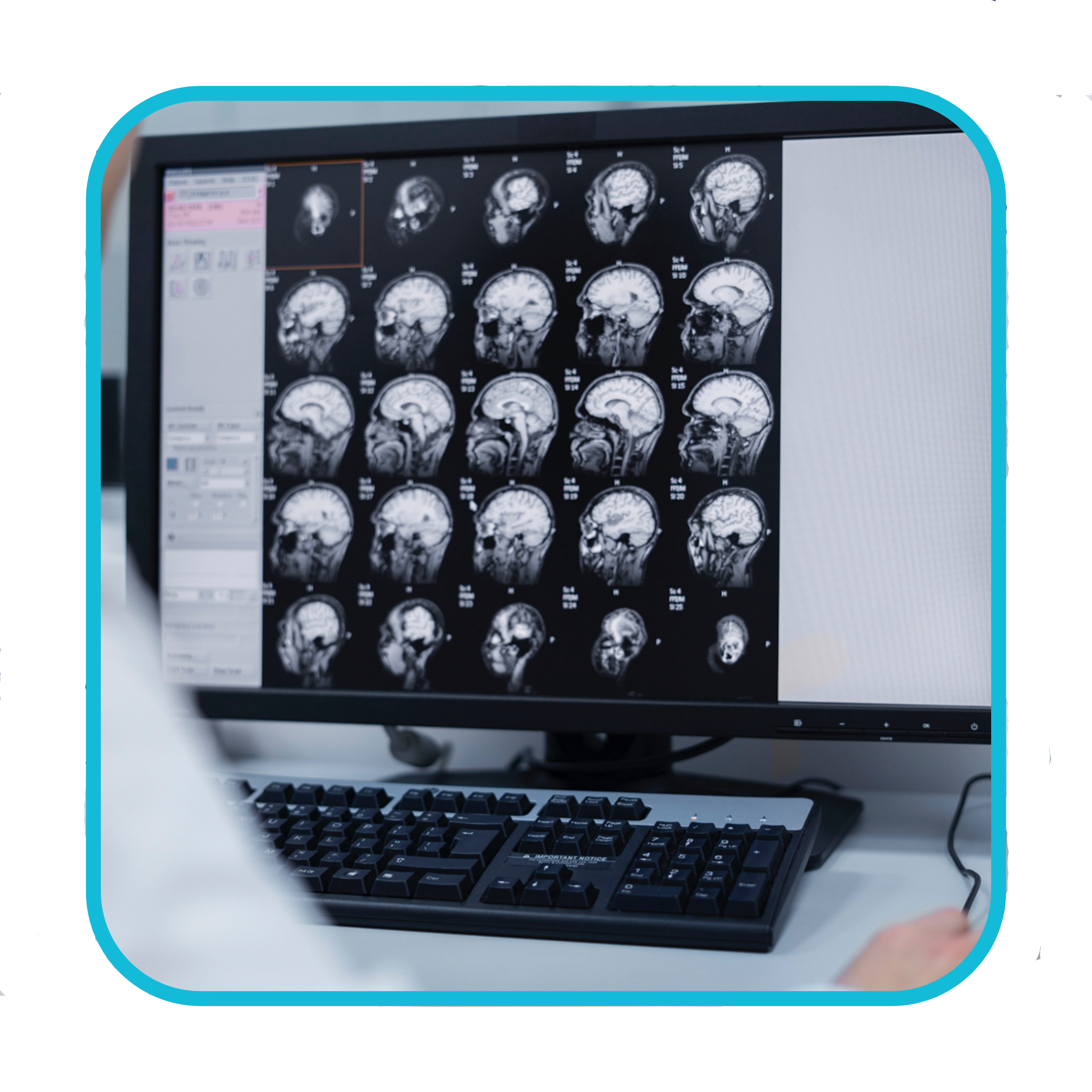
X-ray
Having an X-ray
During an X-ray, you’ll usually be asked to lie on a table or stand against a flat surface so that the part of your body being examined can be positioned in the right place.
The X-ray machine, which looks like a tube containing a large light bulb, will be carefully aimed at the part of the body being examined by the radiographer. They will operate the machine from behind a screen or from the next room.
The X-ray will last for a fraction of a second. You won’t feel anything while it’s carried out.
While the X-ray is being taken, you’ll need to keep still so the image produced isn’t blurred. More than one X-ray may be taken from different angles to provide as much information as possible.
The procedure will usually only take a few minutes.
What happens after an X-ray?
You won’t experience any after effects from a standard X-ray and will be able to go home shortly afterwards. You can return to your normal activities straight away.
You may have some temporary side effects from the contrast agent if one was used during your X-ray. If given the radiographer will let you know what to expect.
The X-ray images will often need to be examined by a doctor called a radiologist before you’re told the results. They may discuss their findings with you on the same day, or they may send a report to your GP or the doctor who requested the X-ray, who can discuss the results with you a few days later.
Get in contact to book your appointment








